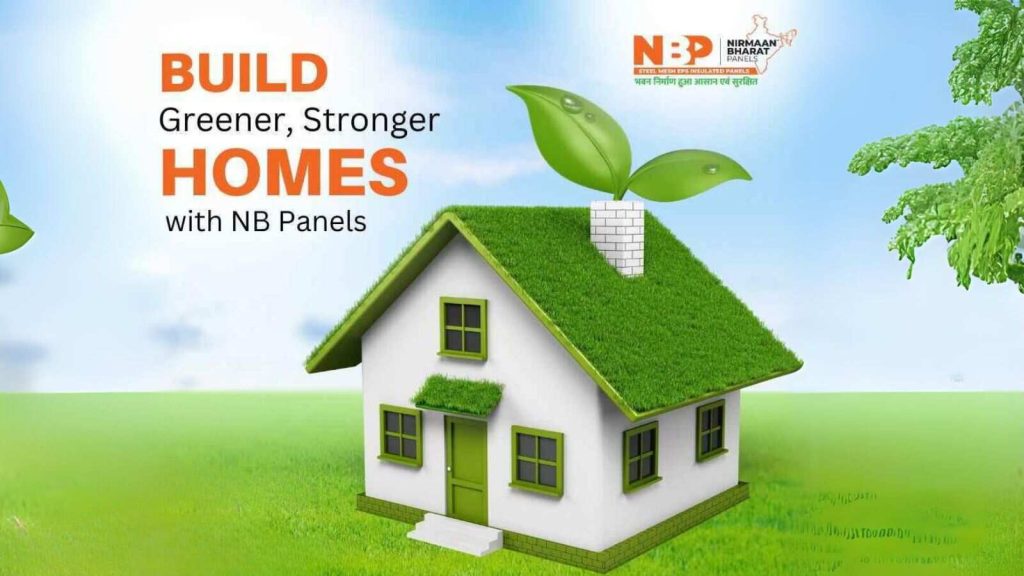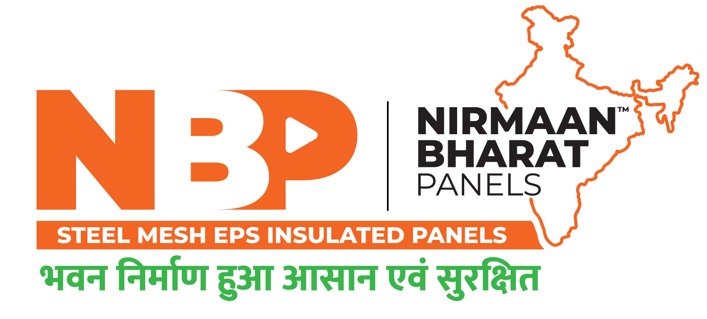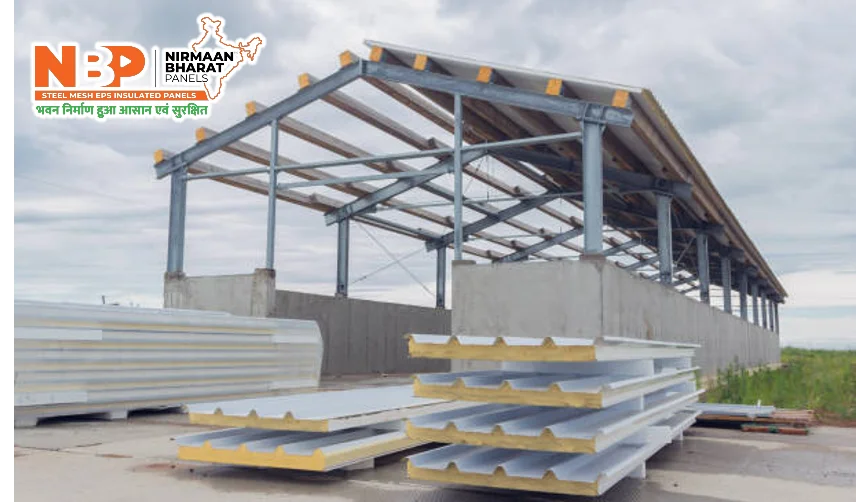Reinforced EPS Panels in Green building concepts typically focus on enhancing sustainability and minimizing environmental impact throughout a building’s lifecycle. Here’s a general overview of what green building concepts often entail and how they can be beneficial compared to conventional building practices:
Table of Contents
ToggleGreen Building Concepts
- Energy Efficiency: Green buildings prioritize energy-efficient design and technologies to reduce energy consumption for heating, cooling, lighting, and appliances. Strategies include using high-efficiency HVAC systems, LED lighting, and renewable energy sources like solar panels.
- Water Efficiency: Water-saving features such as low-flow fixtures, rainwater harvesting systems, and efficient irrigation help conserve water resources and reduce water usage in green buildings.
- Materials Selection: Sustainable materials with low environmental impact, such as recycled content, rapidly renewable materials, and locally sourced materials, are preferred. This reduces carbon emissions and supports local economies.
- Indoor Environmental Quality: Green buildings prioritize occupant health and comfort by ensuring good indoor air quality, natural daylighting, and low-emitting materials. This improves productivity and overall well-being.
- Waste Reduction: Construction waste management practices, recycling programs, and the use of durable materials that minimize waste generation contribute to reducing landfill impact.
- Site Sustainability: Efficient land use, preservation of natural habitats, and landscaping practices that reduce water usage and promote biodiversity are integral to green building design.
Advantages Over Conventional Buildings
- Environmental Benefits: Green buildings reduce greenhouse gas emissions, conserve natural resources, and minimize environmental impact throughout their lifecycle.
- Economic Benefits: While initial construction costs may be higher, green buildings typically offer long-term cost savings through reduced energy and water bills, lower maintenance costs, and potential incentives such as tax breaks or certifications.
- Health and Well-being: Improved indoor air quality, access to natural light, and ergonomic design contribute to healthier and more comfortable living and working environments.
- Marketability and Value: Green buildings often have higher market value and appeal to environmentally conscious tenants, investors, and occupants, enhancing their marketability and reputation.
- Regulatory Compliance: Green building certifications and standards, such as LEED (Leadership in Energy and Environmental Design) or Green Star, help buildings comply with increasingly stringent environmental regulations.

How NBP differentiate themselves from other EPS panel providers:
Innovation: Highlighting unique features or proprietary technologies in their EPS panels that enhance performance, durability, or ease of installation compared to competitors.
Sustainability: Emphasizing eco-friendly practices in manufacturing, such as using recycled materials, reducing carbon footprint, or achieving certifications for sustainable building materials.
Customer Support: Offering exceptional customer service, technical support, and customization options that meet specific project requirements and enhance overall customer satisfaction.
Industry Experience: Demonstrating a proven track record and extensive experience in supplying EPS panels for a variety of construction projects, showcasing expertise and reliability in the industry.
NBP’s High-Rise Building Solutions
- Reinforced EPS Structural Panels (RESP):
Advanced Engineering: RESP panels are engineered with a core of Expanded Polystyrene (EPS) sandwiched between layers of reinforced materials such as fiberglass or steel mesh. High structural strength is achieved while maintaining lightweight with this structure.
Load-Bearing Capacity: RESP panels are designed to support significant vertical and lateral loads, making them suitable for constructing tall buildings with multiple floors.
Modular and Prefabricated: The modular design of RESP panels allows for prefabrication off-site, ensuring precision manufacturing and faster assembly on-site, which is crucial for high-rise projects where time efficiency is paramount.
- Thermal Insulation and Energy Efficiency:
Effective Thermal Barrier: RESP panels offer exceptional thermal insulation properties, reducing heat transfer and maintaining comfortable indoor temperatures throughout the year.
Energy Savings: Enhanced insulation helps in reducing heating and cooling demands, resulting in lower operational costs for high-rise buildings over their lifecycle.
Compliance with Building Codes: NBP ensures that RESP panels meet or exceed thermal insulation standards required by local building codes and energy efficiency regulations.
- Fire Safety:
Fire Resistance: RESP panels are designed to meet stringent fire safety requirements, including fire ratings that ensure they can withstand fire for extended periods. This feature enhances overall building safety and compliance with fire codes.
- Environmental Sustainability:
Recyclable Materials: NBP uses materials that are recyclable and have minimal environmental impact, supporting green building practices and sustainability goals.
Reduced Carbon Footprint: By promoting energy-efficient buildings and using eco-friendly materials, RESP panels contribute to reducing the carbon footprint of high-rise construction projects.
- Design and Construction Flexibility:
Customization Options: NBP offers customization in panel dimensions, shapes, and finishes to meet specific architectural and design requirements of high-rise buildings.
Integration with Other Systems: RESP panels integrate seamlessly with other building systems such as HVAC, electrical, and plumbing, ensuring compatibility and efficiency in construction.
- Durability and Longevity:
Weather Resistance: RESP panels are resistant to weathering, moisture, and corrosion, ensuring durability and longevity of high-rise buildings in diverse climatic conditions.
Low Maintenance: Minimal maintenance requirements reduce lifecycle costs and ensure that high-rise buildings maintain their aesthetic and functional appeal over time.
Benefits of NBP’s High-Rise Building Solutions
- Speed of Construction: Prefabricated RESP panels enable faster construction schedules, reducing overall project timelines and costs associated with labor and materials.
- Cost-Effectiveness: Lower operational costs due to energy efficiency and reduced maintenance contribute to the economic viability of high-rise buildings.
- Safety and Comfort: Enhanced thermal and acoustic insulation properties ensure a comfortable and safe indoor environment for occupants.
- Sustainable Development: NBP’s high-rise building solutions align with sustainable development goals by promoting energy-efficient and environmentally friendly construction practices.
Conclusion
By embracing green building concepts, projects like those by NBP can significantly contribute to sustainable development goals, mitigate climate change impacts, and create healthier and more efficient built environments. The integration of these principles not only enhances environmental stewardship but also delivers tangible benefits in terms of cost savings, occupant satisfaction, and long-term value creation.
NBP’s Reinforced EPS Structural Panels (RESP) offer comprehensive solutions for constructing high-rise buildings that prioritize structural integrity, energy efficiency, and sustainability. By leveraging advanced materials and innovative construction techniques, NBP continues to set benchmarks in delivering efficient and reliable building solutions for modern urban developments.
Also Read: A Look At How Reinforced EPS Structural Panels Have Evolved Over Time


